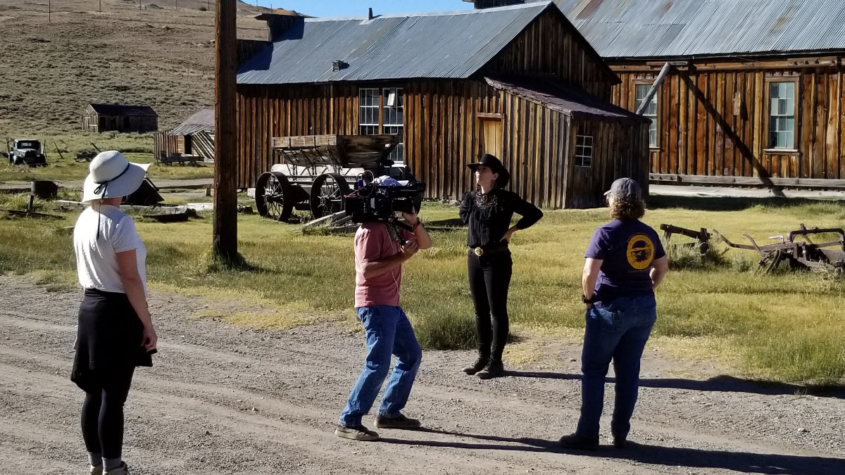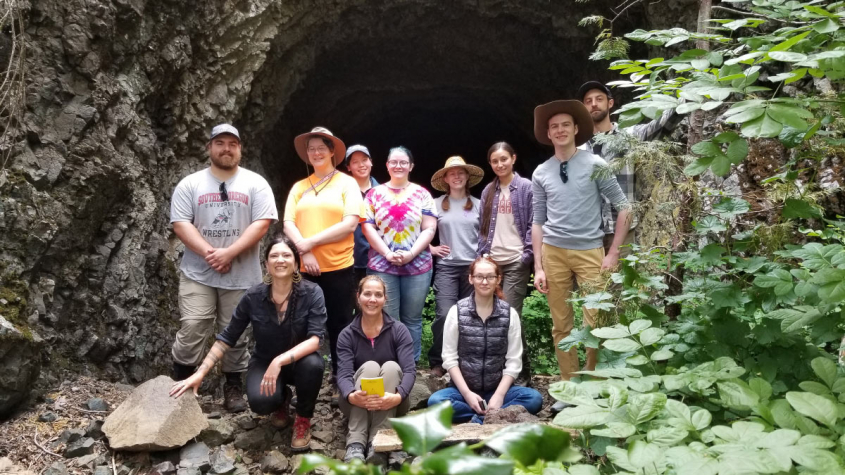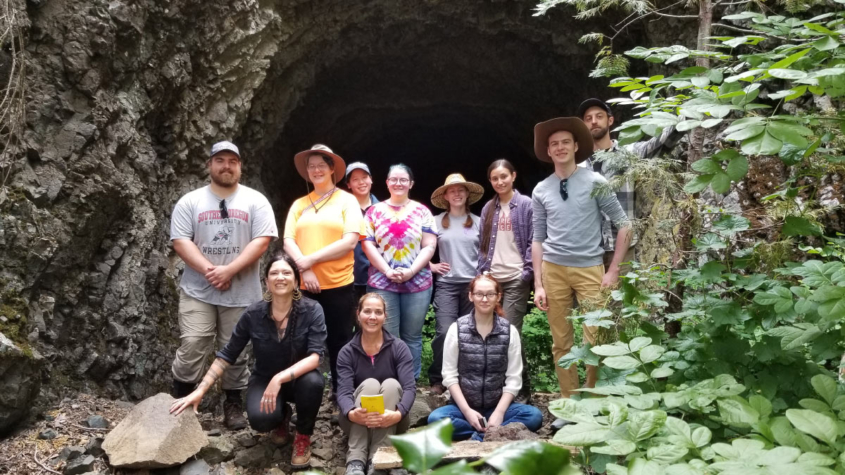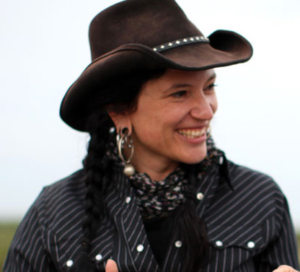SOU archaeologist returns to TV for National Geographic series
(Ashland, Ore.) — Southern Oregon University research archaeologist Chelsea Rose – who was on the cast of a 2013-14 archaeology series on Oregon Public Broadcasting and featured in a 2017 book intended to pique girls’ interest in archaeology – returned to TV screens this summer as host of a show about Wild West history for the National Geographic Channel.
Rose appears on an episode in season four of the series “Drain The Oceans,” an Australian and British documentary series whose previous seasons have focused on underwater archaeology. The current season shifts to terrestrial archaeology, with an emphasis on the West.
Rose’s episode – whose U.S. premiere was Aug. 2 on the National Geographic Channel – features segments on the ghost town of Bodie, California, 19th century steamboat wrecks and the Little Bighorn battleground.
“This show has a good reputation for portraying archaeology in an accurate manner, so when colleagues who had been on previous seasons suggested me as an expert contributor for the Wild West episodes, I was happy to comply,” Rose said. “Plus, Bodie has been on my bucket list since I was a kid!”
Bodie, a 19th century gold-mining town, is now a California State Historic Park and well-known tourist attraction near the Nevada border. The “Drain The Oceans” producers worked with park staff and archaeologists to reveal the site’s hidden stories, including the role of women and the town’s Chinese residents.
“Since so much of the town is preserved, it is an amazing dataset that relates to many of the archaeological projects we work on at the SOU Laboratory of Anthropology (SOULA),” Rose said.
“Being able to see the artifacts and buildings associated with 19th century gold mining, as part of a relatively complete landscape, helped me to better understand how these resources would have been experienced by Oregonians.”
Much of Rose’s archaeological work involves using artifacts to reconstruct the lives of Chinese immigrants in the Western gold-mining and railroad-building communities of the 1800s.
Rose’s first stint on an archaeology-based television series was for both seasons of the OPB national series “Time Team America,” which was produced in Oregon but shot on locations throughout the U.S. She was one of six scientists who teamed with the show’s host to uncover historical secrets that had been buried underground.
She was one of three U.S. archaeologists who were featured in the 2017 book, “Archaeology: Cool Women Who Dig,” by California author Anita Yasuda. The book, which is available to order on Amazon.com, was intended to give 9- to 12-year-old girls a peek at work and life in the field of archaeology.
-SOU-





 “My advice is to be curious, be brave, ask lots of questions and never pass up an opportunity to get your hands dirty,” Rose says.
“My advice is to be curious, be brave, ask lots of questions and never pass up an opportunity to get your hands dirty,” Rose says.